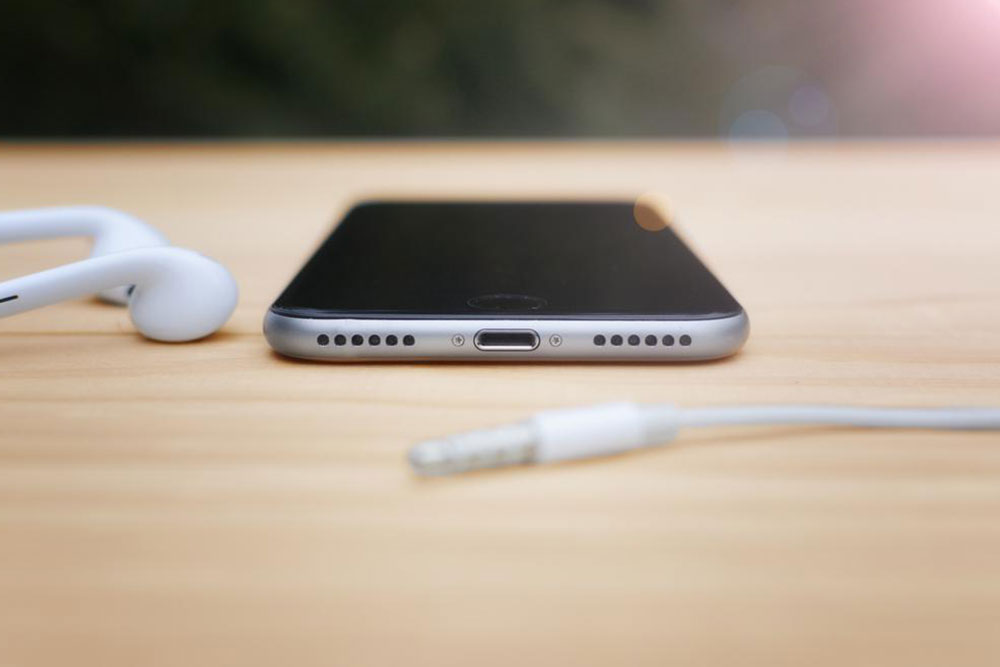Best Windows Smartphones Available Today: A Comprehensive Guide
Explore the leading Windows smartphones available today, including their features, specifications, pros, and cons. Discover how these devices compare to Android and iOS counterparts, and whether they suit your tech needs. This comprehensive guide covers device options like the Alcatel Idol 4S, Acer Liquid Jade Primo, Blu Win series, and the Lumia 950 XL, addressing their hardware, software updates, and market challenges. Perfect for enthusiasts and potential buyers wanting a detailed understanding of Windows mobile offerings in 2024.

Best Windows Smartphones Available Today: A Comprehensive Guide
In the rapidly evolving world of mobile technology, Windows smartphones continue to carve out a niche despite facing stiff competition from Android and iOS devices. While Windows offers a selection of highly-rated smartphones, its market presence remains comparatively smaller, primarily due to the dominance of Android and Apple ecosystems. Nevertheless, Windows phones are appreciated by a dedicated segment of users and enthusiasts who value certain features unique to these devices. This comprehensive guide explores the best Windows smartphones currently available, their features, specifications, and how they compare in today's competitive market.
Although Windows smartphones have historically lagged behind in sales, the platform has demonstrated resilience through innovative devices and strategic collaborations. Major manufacturers like HTC, HP, Nokia, and Acer have partnered with Microsoft and Windows to produce smartphones that integrate seamlessly with Windows software and services. These collaborations aim to deliver high-quality hardware combined with the Windows operating system to meet professional and personal needs alike.
One of the key reasons for the limited market share of Windows smartphones is that most top-tier Android devices outshine Windows phones in several aspects, including hardware specifications, camera quality, battery life, and software updates. Nonetheless, Windows continues to enhance its lineup, focusing on delivering compelling designs and robust specifications. Earlier models, however, have impacted the overall reputation, making it crucial for consumers to understand the current options and their respective strengths and weaknesses.
Current Leading Windows Smartphones in the Market
Alcatel Idol 4S – Known for delivering excellent performance at an affordable price point, the Alcatel Idol 4S is powered by a Qualcomm Snapdragon 820 processor. Its sleek design, combined with a vibrant display and solid build quality, makes it a popular choice among budget-conscious users. Priced under $500, it offers a balanced mix of hardware and software, ensuring a smooth user experience. The device includes features like a high-resolution display, decent camera performance, and good battery life, making it suitable for everyday use.
Acer Liquid Jade Primo – This device offers high-end features tailored for those seeking performance and style. Similar in capabilities to the Lumia 950, the Acer Liquid Jade Primo boasts a 21-megapixel rear camera and 3GB of RAM, supporting multitasking and media-rich applications. Its design emphasizes a slim profile with a sharp display, and it runs Windows 10 Mobile, ensuring compatibility with a broad range of productivity tools and apps. Its robust hardware makes it a noteworthy contender among premium Windows smartphones.
Blu Win Series – The Blu Win lineup includes budget-friendly models like the Blu Win Jr., which operate on Windows 8.1. These devices are equipped with Qualcomm Snapdragon 200 processors and typically come with 512MB of RAM and basic cameras, making them suitable for users with minimal smartphone needs. While these devices are somewhat outdated compared to newer Windows offerings, they remain accessible options for casual users or those seeking a secondary device.
Lumia 950 XL – As Microsoft's flagship Windows smartphone, the Lumia 950 XL delivers a premium experience with features tailored for productivity. The phone provides an impressive talk time of up to 19 hours, appealing to users who prioritize battery longevity. Its high-resolution display, powerful Snapdragon 810 processor, and enhanced camera capabilities underscore its position as a top-tier Windows device. The Lumia 950 XL also supports Continuum, allowing users to connect their phone to monitors and use it as a desktop computer, which is a unique feature in the Windows ecosystem.
The Challenges Facing Windows Smartphones
Despite the high quality of these devices, Windows smartphones face significant challenges in the broader market. Key competitors such as Google's Pixel series, Samsung Galaxy S8, and Apple's iPhone 8 Plus and SE continue to dominate sales figures and market share. One of the main issues limiting Windows phone adoption is the inconsistency and uncertainty surrounding software updates and long-term support.
Most smartphones based on Windows 8.1 and even some running Windows 10 Mobile may not receive future updates or security patches, which raises concerns about security and app compatibility. This uncertainty affects consumers' confidence in investing in Windows phones, especially given the rapid pace of technological advancements and the importance of security updates in today's digital landscape.
However, Microsoft is actively working to keep its Windows ecosystem relevant. The company has introduced updates such as the Fall Creators Update to enhance the OS with new features, improved security, and better performance. Nevertheless, the future of Windows smartphones remains uncertain, and potential buyers are advised to consider the support lifecycle before making a purchase.
Are Windows Smartphones Still Worth Buying?
While Windows smartphones offer many attractive features like seamless integration with Windows PCs, unique multitasking functionalities, and the Continuum feature that transforms your phone into a desktop workstation, potential buyers should weigh these advantages against the challenges. For casual users or those deeply integrated into the Microsoft ecosystem, a Windows phone can still serve their needs effectively. For power users or consumers seeking the latest app support, flagship hardware, and guaranteed future updates, Android and iPhone devices may be better choices.
In summary, Windows smartphones today stand as viable options for specific user groups, especially those valuing productivity enhancements and integrated Windows features. As Microsoft continues to refine its OS, and hardware manufacturers release new models, the landscape may evolve. Yet, it is crucial for potential buyers to remain informed about support timelines and market trends to make smart purchasing decisions.
In conclusion, whether you're considering a budget-friendly device like the Alcatel Idol 4S or a high-end model like the Lumia 950 XL, Windows smartphones still offer distinctive advantages. However, they face stiff competition, and support issues remain a concern. Evaluating your needs carefully will help you determine if a Windows phone aligns with your digital lifestyle and future plans.





